Bats From the Solomon Islands Are Undergoing a Never-Before-Witnessed Evolutionary Phenomenon
For the first time in a mammal species, scientists are able to observe a rare phenomenon known as parallel evolution in real time on the Solomon Islands.
Scientists recently figured out that on two different islands, two types of bats that were formally assumed to be two completely separate species due to their unique size and look are actually the same bats. The larger ones simply evolved from the smaller ones at the same rate as other bats on a different island.
The Evolution of Bats
There are some 1,400 species of bats worldwide, which account for around 20% of all known mammal species.
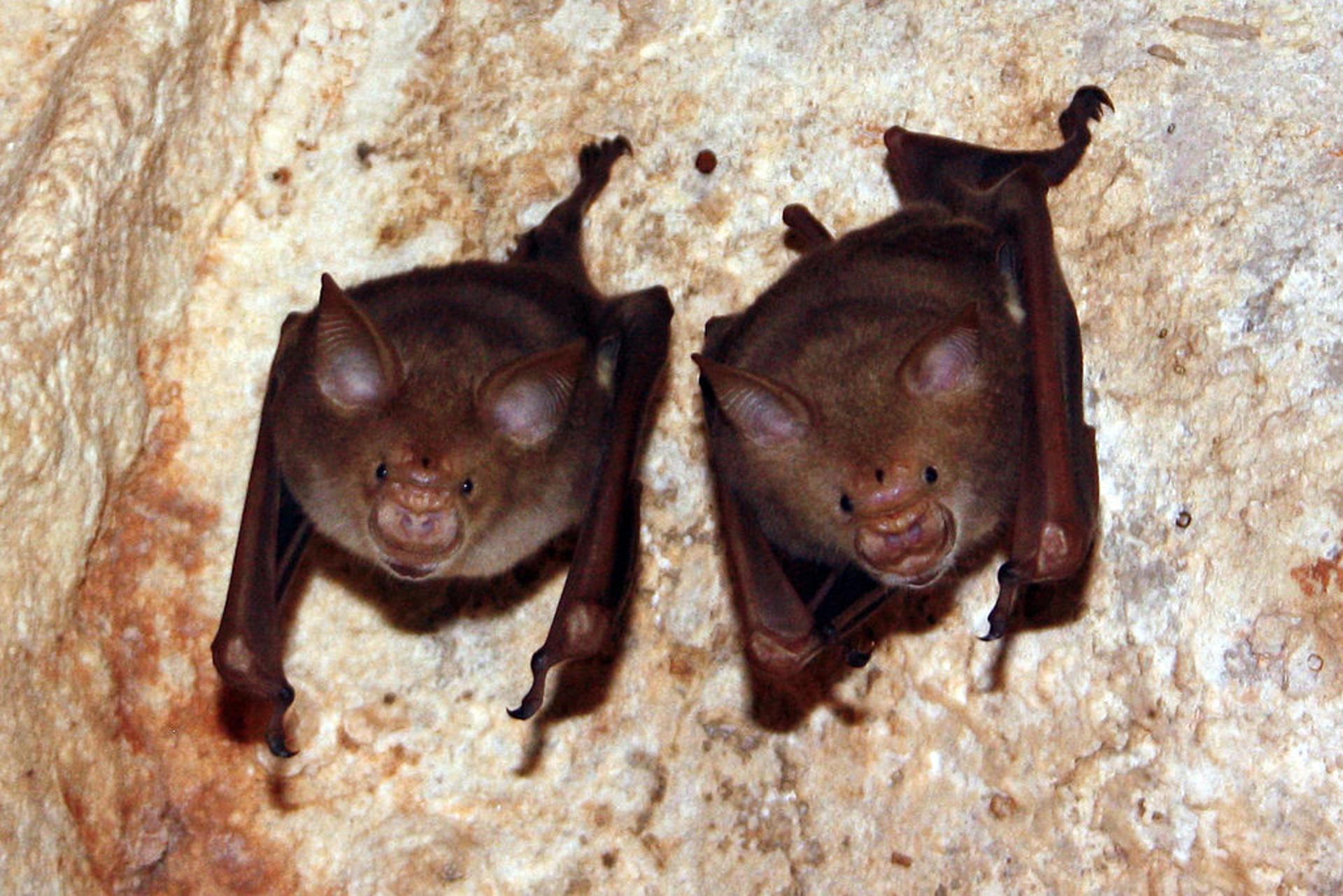
Source: Wikipedia
According to the Smithsonian, bat-like mammals appeared as far back as 50 million years ago. Despite extensive research into their origins, a recent species from the Solomon Islands could help rewrite everything we thought we knew about their evolution patterns.
Scientists Assumed They Were Looking at Two Different Species of Bat
Scientists and researchers originally named the two species of bats in question on the Solomon Islands Hipposideros dinops and Hipposideros diadema.
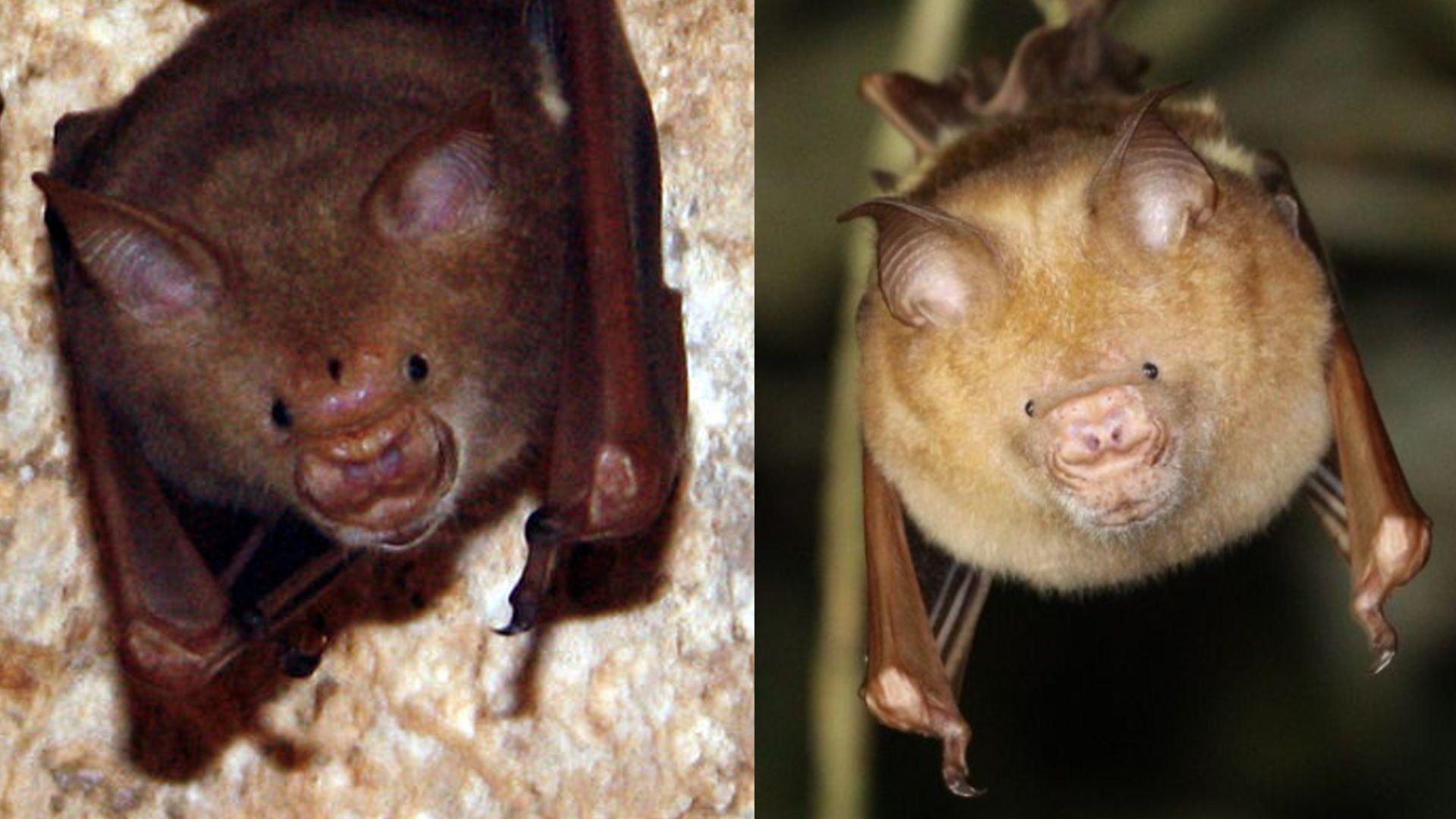
Source: Wikipedia/@amnh/Instagram
The Hipposideros dinops, also known as the fierce leaf-nosed bat, weighs almost twice as much as their friend, the Hipposideros diadema, or the diadem leaf-nosed bat.
University Researcher Sheds Light on the Discovery
Dr. Tyone Lavery, a researcher at the University of Melbourne and co-author of this exciting finding, spoke with Newsweek and explained the importance of the discovery.

Source: Freepik
“We have two very different-looking bats, a smaller species (H. diadema) and a larger species (H. dinops). The sizes are vastly different (nobody has ever confused the two as being the same species),” he said.
DNA Showed the Bats Were Actually the Same Species
However, after studying the DNA of both “species” of bats, Dr. Lavery reported that he and his team found something incredibly interesting.

Source: Freepik
Dr. Lavery explained, “But when we sequenced their DNA, we found the difference between the two was very small (we normally wouldn’t recognize them as two different species on the basis of their DNA).
The Larger of the Bats Had Evolved More than Once
After maliciously investigating the two bats, Dr. Lavery and his team of researchers reached the shocking conclusion that the larger of the bats had been enabled on several occasions.
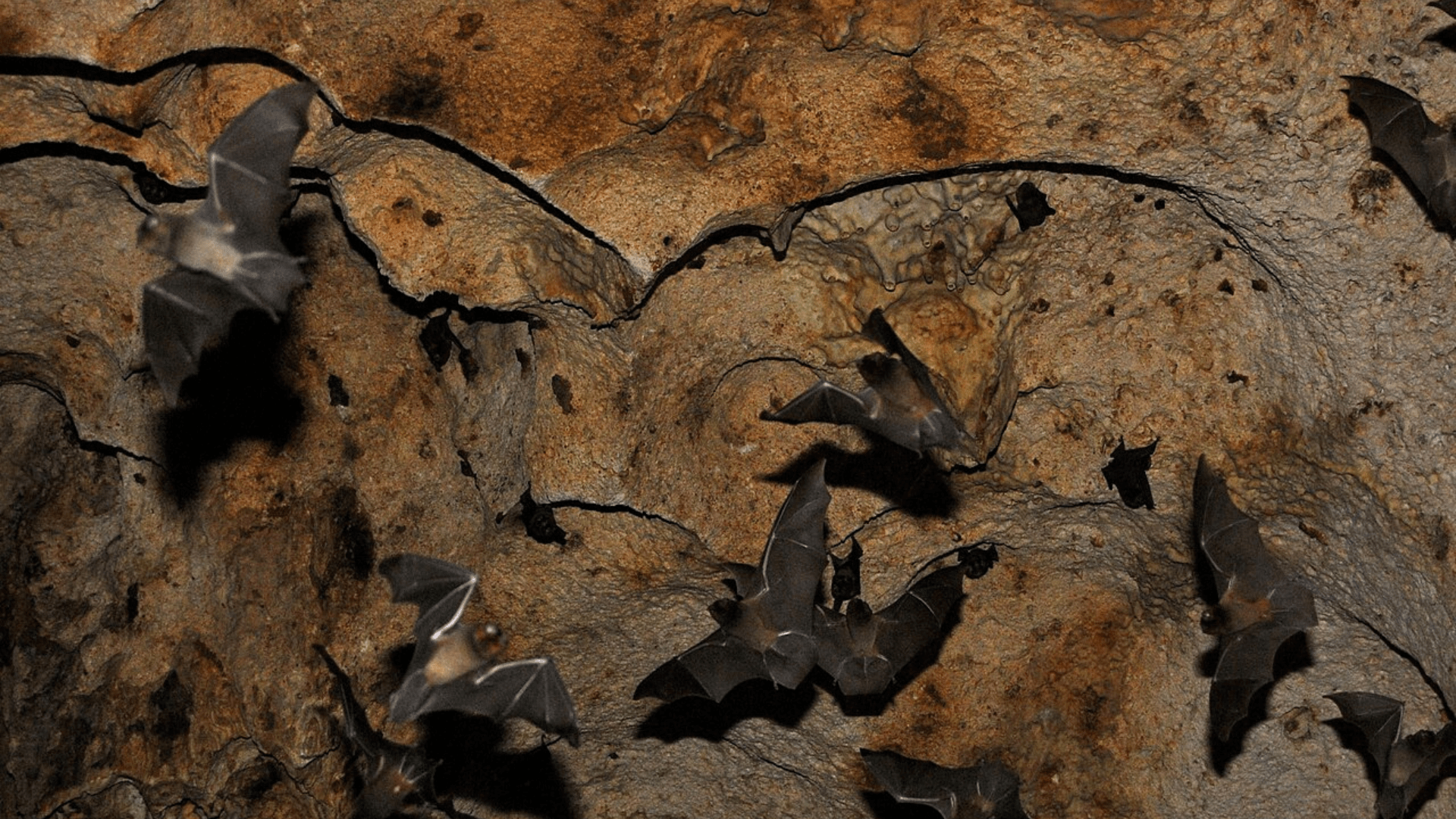
Rich Brooks/Wikimedia Commons
“The big bat had evolved more than once. Again, nobody had ever suspected anything other than there being just one species of bigger bat,” he said.
Why Are the Bats on the Solomon Islands So Exciting?
In theory, scientists understand evolution perfectly; it is the process by which living organisms develop and diversify based on their surroundings over the course of time through successive generations.

Source: Freepik
Over the years, they have even been able to pinpoint specific evolutionary changes throughout history and see some organisms (such as those with short lifespans) evolve in real-time. But what’s interesting about the bats on the Solomon Islands is that they have evolved almost identically to other bats thousands of miles away.
What Is Parallel Evolution?
This process is called parallel evolution, and it is exceptionally rare. Parallel evolution is the development of a similar trait in a distinct species that is not closely related but shares similar evolutionary pressures.

Source: Science Photo Library/Freepik
An example of parallel evolution can be seen in dolphins and ichthyosaurs; one was a reptile, and the other, a mammal, though they developed the same body shapes and adaptations as each other over time.
The Bigger Bats Were Evolutions of the Smaller Bats
In the case of the bats on the Solomon Islands, they found that on several independent islands, the small bats had actually evolved into the bigger bats and arrived at the same evolutionary destination, so to speak, as each other.
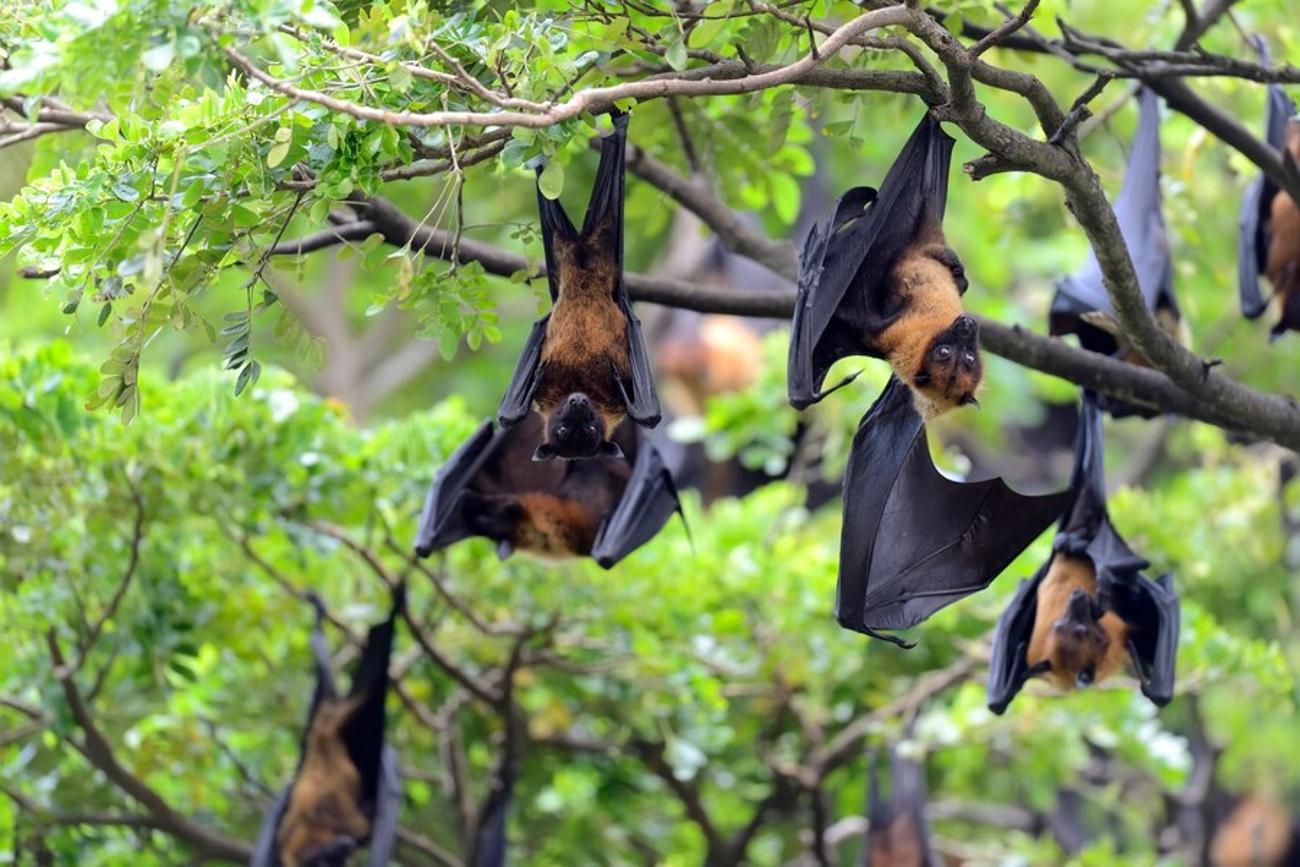
Source: Freepik
Dr. Lavery explained, “Something very strong is pushing or selecting for these big bats, and it is strong enough for it to happen multiple times on different islands.”
Why Are the Bats on Solomon Island Growing?
Although much more research remains to be done to determine exactly why this parallel evolution is occurring, Dr. Lavery and his team do have a working theory.

Source: Freepik
They believe that the bats evolved into much larger animals in order to have more variety for prey. Smaller bats can only eat small insects, whereas the larger bats can hunt much larger bugs and even small frogs.
The Bigger Bats Have a Different Frequency
In addition to being larger and, therefore, more apt to hunt and eat bigger animals, the larger bats in the Solomon Islands developed something that sets them apart from their smaller counterparts.
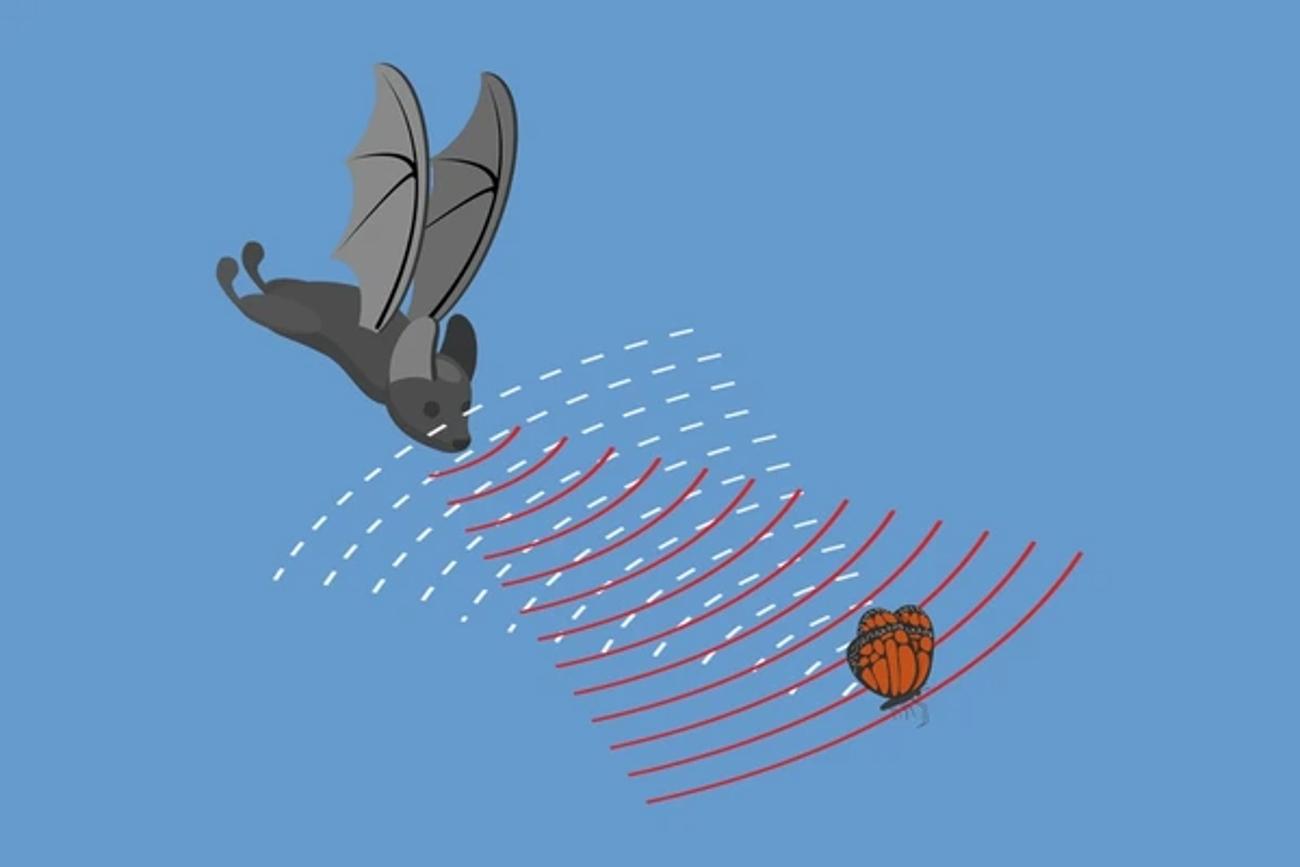
Source: Shutterstock
They developed a lower-frequency sonar, which allows them to find sizable prey to eat.
Bat's Sonar
All bats use sonar or echolocation, in which they release sounds that pulse through the air and return as an echo to tell the bat the size, shape, and texture of objects around it.
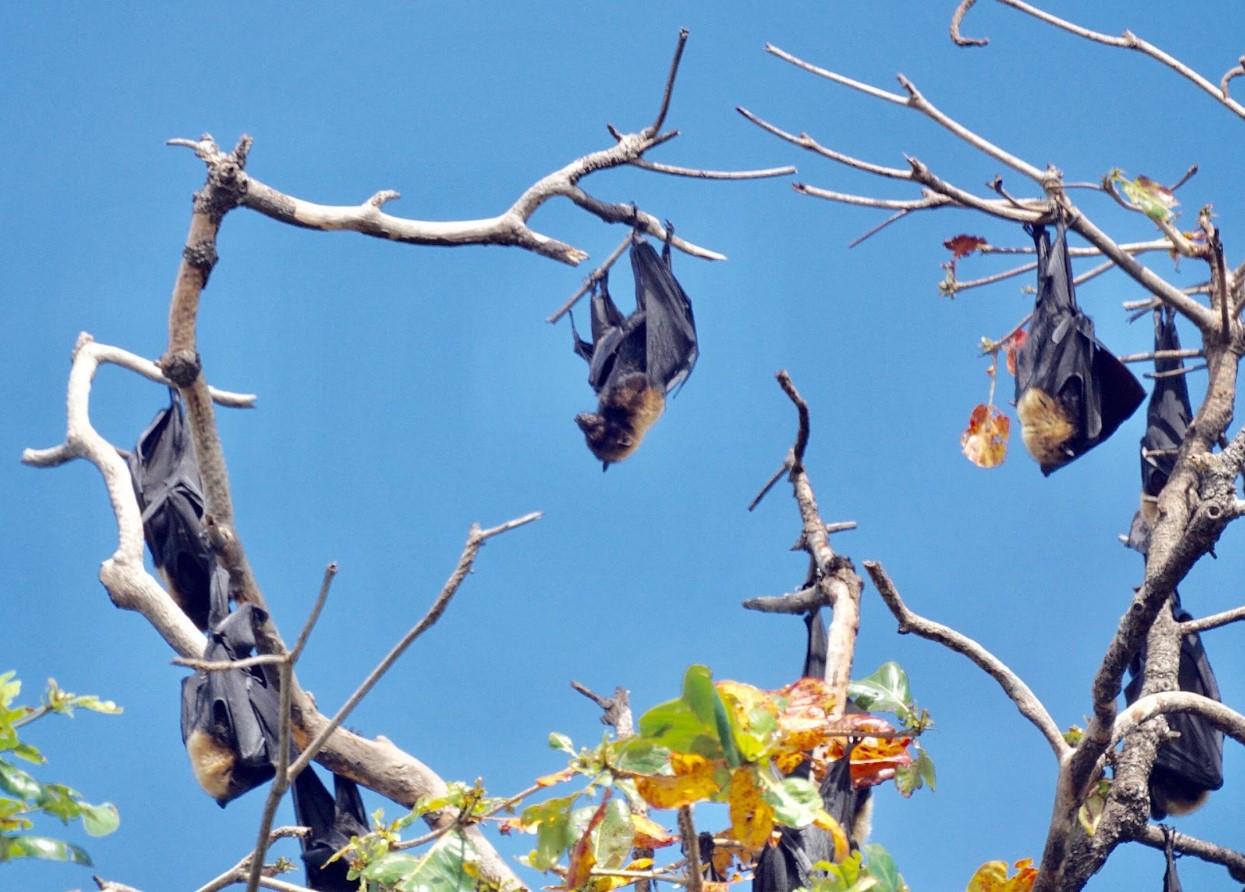
Source: Mike’s Birds/Wikimedia Commons
Higher frequencies enable more specific readings, whereas low frequencies release a broader beam to find bigger prey across a large area.
The Two Bats No Longer See Each Other as Mates
What’s especially interesting about the two types of bats that were originally considered different species is that, even though they are the same species, they don’t see each other as worthy mates.

Source: Freepik
This means that the bats have further distanced themselves from one another, ensuring that their evolutions are no longer linked.
No Mating Has Sped Up the Evolutionary Process, Says Researchers
The fact that they are not mating with each other has sped up the evolutionary process, and the genetic makeup of each bat isn’t being diluted by the other.

Source: Freepik
As Dr. Lavery explained, “We may think of evolution as a very slow process, but it can happen rapidly when the conditions are right and two groups are separated and stop interbreeding. They can begin to evolve on different pathways.”
This Is the First Real-Time Example of Parallel Evolution in Mammals
It’s important to understand that this finding is exceptionally important for evolutionary scientists as this is the very first time they have found a real-time example of parallel evolution in mammals.
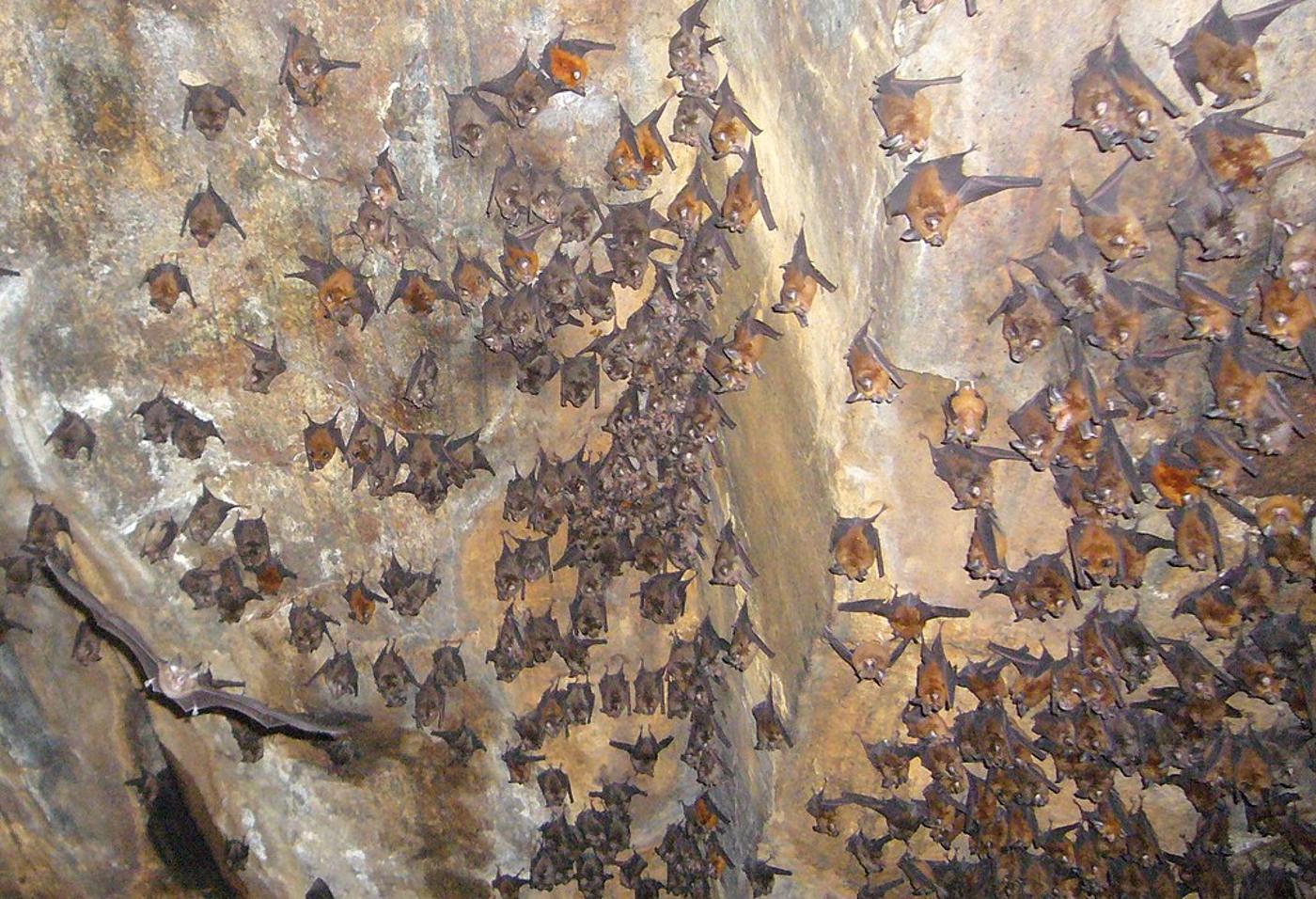
Source: Wikipedia
A lot more research will be carried out on the two kinds of bats from the Solomon Islands, which will undoubtedly help scientists better understand parallel evolution.
The Hypothesis
Dr. Lavery and his team have come up with a hypothesis behind why they think one group of bats evolved to be much larger than the other.

Source: Freepik
“We think these larger bats might be evolving to take advantage of prey that the smaller bats aren’t eating,” he said.
What The Find Can Do For Science
This information is likely to change the way scientists understand the phenomenon and could even lead to more discoveries about bats and other mammals once considered to be different species.

Source: Freepik
Lavery and his team will continue to work closely with the bats on the island to increase their knowledge of parallel evolution.
Preservation Efforts Should Be Implemented
According to Devon DeRadd, another researcher who worked on the project, “It turns out every island’s population of extra-large bats is basically genetically unique and deserving of conservation.”

Source: Matt Palmer/Unsplash
He continued, “Understanding that is really helpful. There are issues with deforestation. If we don’t know whether these populations are unique, it’s hard to know whether we should be putting effort into conserving them.”
Dr. Lavery and His Team Want to Find Out If This Is Happening Elsewhere
Dr. Lavery and his team are already hard at work trying to determine whether the parallel evolution of these bats has happened on more than two islands.

Source: iStock
Both the fierce leaf-nosed bats and the diadem leaf-nosed bats can be found across many of the 992 Solomon Islands, as well as in Papua New Guinea, Southeast Asia, and parts of Australia. So, the team certainly has its work cut out for it.
Scientists to Use Metabarcoding to Find Out More About These Amazing Bats
Of course, these scientists still want to find out if the fierce leaf-nosed bats around Oceania are all evolving at the same pace as the others thousands of miles away. But almost more importantly, they want to know why they are doing so.

Source: Freepik
Dr. Lavery explained, “We plan to do more work on this group. First, we would like to see if this has happened more than twice in the Solomon Islands.”
Fascinating on a Theoretical Level
Researcher Lucas DeCicco, collections manager at the Biodiversity Institute and Natural History Museum, explained that the discovery was fascinating on a theoretical level.

Source: Freepik
“We study evolutionary processes that lead to biodiversity,” he said. “This shows nature is more complex. We humans love to try to find patterns — and researchers love to try to find rules that apply to broad suites of organisms. It’s super cool when we find exceptions to these rules,” he said.
Investigating Other Places
Dr Lavery went on to explain that several other islands contain large and small bats, which could be a good place to test their hypothesis.

Source: Pixels
“There are other islands where large and small bats occur together that we haven’t sampled yet. We would also like to test our hypothesis that it is a diet that is driving the repeated evolution of large bats,” he said.
The Technique Involved in the Testing
According to the university researcher, his group has a distinct method of testing that allows them to determine what kind of diet the bats have become accustomed to.

Source: Freepik
“That will involve using a technique called metabarcoding — again using DNA to test if they’re eating different sized insects, or if the big bats are switching from hunting insects to hunting vertebrates.”
The Future Investigations
As things stand, Dr Lavery and his team certainly have their work cut out for them as they plan to continue investigating parallel evolution in bats.

Source: Max Planck Institute for Evolutionary Anthropology
However, everyone involved in the project is hopeful that it will eventually lead to a better understanding of not only the evolution of bats but mammals in general.
